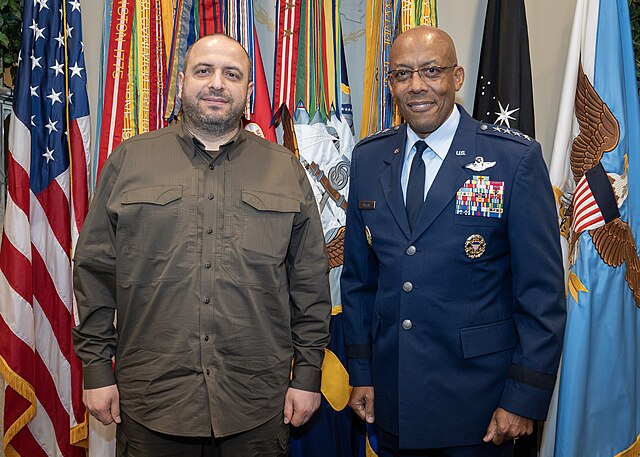Please Follow us on Gab, Minds, Telegram, Rumble, Gab TV, Truth Social, Gettr
On Thursday, NORAD announced that in addition to the interception of 4 Russian aircraft on Monday, Russian Tu-95 Bear bombers were intercepted off the coast of Alaska on February 14 as well.
As in the first incident, NORAD scrambled two F-35 fighter jets to intercept the Russian bombers as they approached Alaska's Air Defense Identification Zone (ADIZ), officials announced Thursday.
According to a NORAD statement, "This is the second intercept of Russian aircraft over two days. This Russian activity near the North American ADIZ occurs regularly and is not seen as a threat, nor is the activity seen as provocative."
Two interceptions within 48 hours are extremely rare, so it seems odd that NORAD calls the interceptions "routine," given that what has previously been referred to as "routine," is 6 to 7 interceptions a year over the past decade, not multiple interceptions per week.
Not only are the interceptions abnormally frequent, but Russian state media is also actively publicizing the exercises off Alaska and is including videos of the maneuvers.
Get gains in the gym in style with AFP Merch!
According to the NORAD statement released after Monday's incident, "Russian aircraft remained in international airspace and did not enter American or Canadian sovereign airspace. This Russian activity in the North American ADIZ occurs regularly and is not seen as a threat, nor is the activity seen as provocative."
While tensions with Russia are already running high due to the war in Ukraine, the increased interceptions come following a series of "unidentified objects" that have been located and shot down over the U.S. in recent weeks, including a Chinese high-altitude surveillance balloon, which was first detected over Alaska.

























